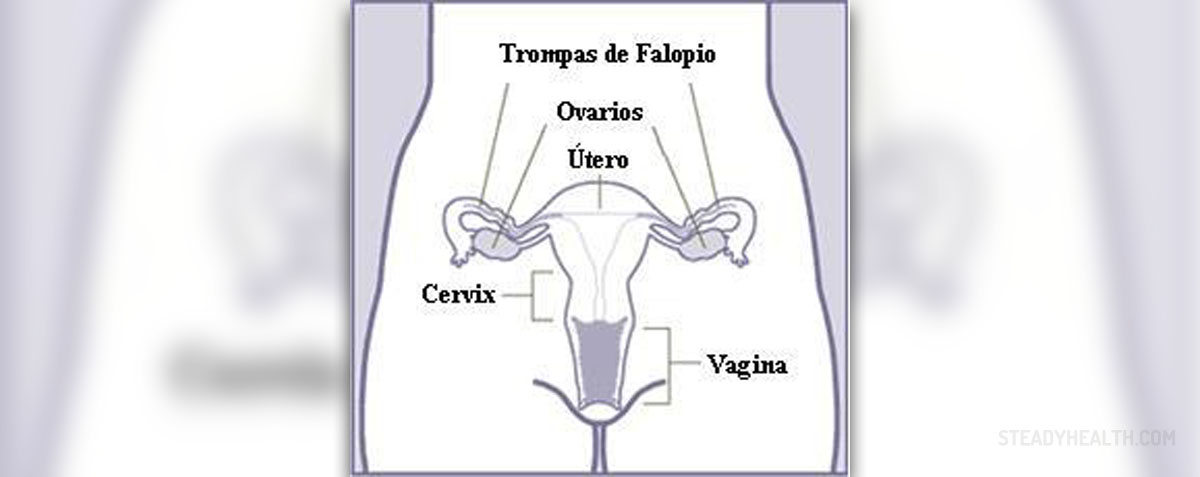
In order to understand many processes of the female body, and the reasons behind numerous diseases of the female reproductive system, we need to learn more about the female reproductive system per se. Thus, the following lines will shed some light on the matter, helping you get familiar with many unique features of the female body.
The Basic Facts about the Female Reproductive System
This part of the female body consists of two main parts, the uterus and the ovaries. The uterus is the area where the fetus is located during its developing stage and the pregnancy itself. However, the uterus has many other functions too, producing vaginal secretions and transferring the male sperm through the fallopian tubes. Ovaries, on the other hand, are in charge of producing female egg cells. These two main parts are located inside the female body.
Nevertheless, there are other parts of the female reproductive system. Basically, the vagina is connected to the outer part of the female reproductive system through the vulva, which further consists of the clitoris, the labia and the urethra. The vagina itself is connected to the womb through the cervix. Furthermore, the uterus reaches the ovaries through the fallopian tubes.Specific Functions of the Female Reproductive System
Since reproduction is the basic function of this part of the female body, it functions in a way which promotes this aspect. Namely, the ovaries produce an ovum, which travels through the fallopian tubes. If the egg meets the sperm while on its way, the latter enters it, completing the fertilization process. In some cases, this phenomenon can take place inside the uterus as well.
Once fertilization takes place, the zygote enters the wall of the womb. Then, once the pregnancy reaches a stage when the fetus develops enough to stay healthy outside the uterus, it gets moved out and expelled through the vagina, through the process of labor.
Each month a single egg cell gets produced and sent down the fallopian tube, once a female enters her fertile age. If fertilization fails to take place, the egg gets ejected from the body during menstruation.
As for menstrual cycles, these are repeated and include preparation of the uterus for pregnancy (implantation of the fertilized egg) and changes that occur in case implantation does not take place. Specific hormones produced by the ovaries prepare the lining of the uterus for implantation. In case the process of implantation does not occur, the lining sheds in a form of menstruation (monthly bleeding) and menstrual cycle begins once again.Other Parts and Functions of the Female Reproductive System
The vagina, being a part of the female reproductive system, is basically a tube made of muscle fibers, leading to the womb. During a sexual intercourse, once it reaches the highest point, the sperm gets delivered to the female body, after the male ejaculation. Thus, the main purpose of the vagina is its involvement in the sexual intercourse. Externally, the vagina is protected with pubic hair, keeping it safe from infections, appearing once the female reaches puberty.
The lower part of the uterus, connected with the inner end of the vagina, is called the cervix. Being shaped as a cone, the cervix is also known as the neck of the uterus.
The uterus itself provides protection for the fetus, producing all the necessary nutrients it needs, removing waste from the area and contracting once the fetus is ready for birth, forcing it out of the body. The uterus is connected and fixated to the female body through several sets of ligaments.
Modern surgery can modify the anatomy of the female reproductive system, along with the sexual appearance itself. Some procedures involved in these processes are clitoral hood reductions, clitoral hood removal, clitoral reduction and others. These procedures are commonly done for aesthetic or medical reasons. Also, some women undergo these surgeries in order to boost their sexual experience. Nevertheless, none of the surgeries mentioned above come without risks. Bleeding, infections, urine retention, genital sores, tissue damage or birth complications, all are things which can go wrong.
Relevant Data
The female reproductive system is a sensitive area which can be prone to many health problems. In fact, according to various researches, 40,100 new cases of cervical cancer are reported annually. Moreover, the American Cancer Society reports that about 7,400 women die from this type of cancer every year. Ovarian cancer appears in 21,650 cases per year and the above mentioned source predicts that it takes about 15,520 lives yearly. Vulvar and vaginal cancers are not so common, the former appearing in about 3,460 cases yearly, while the latter affects about 2,210 women every year, on average.
All in all, the female reproductive system has many different functions and is a very delicate part of every woman's body. Thus, one needs to take good care of her health in order to keep her reproductive system working properly, free from diseases.

















Your thoughts on this
Loading...